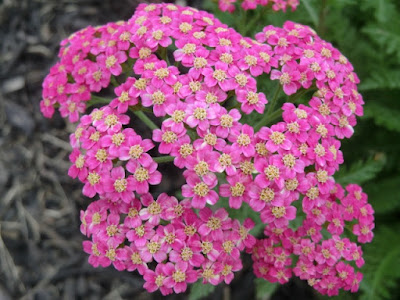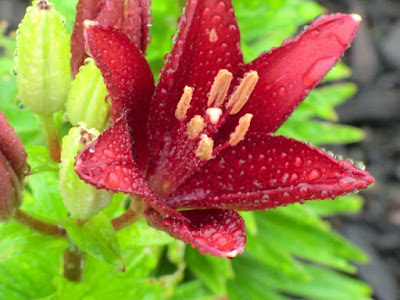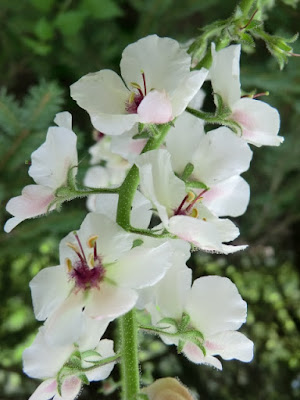 |
It’s a relaxed Sunday afternoon, early in the summer. I’ve been busy lately, tending gardens. Some are small, while others are very large. Most are very overgrown after all of that rainfall. I’ve been rehabilitating shrubbery, and I’ve been digging out weeds. Sometimes, people ask me, “What is the difference between a wild flower and a weed?” The answer is actually very subjective. If you like the plant in your garden, it is a wild flower. If you don’t like it, it is a weed. And speaking of weeds, grass in the lawn is a good thing. Sometimes, grass follows the wild flower rule. Once it spreads into the garden area, the grass is a weed. It’s a stubborn weed and, even after it is dug up, it will come back, again and again.
Sometimes people want to know about good plants that will attract bees and other pollinators. The best plants to do that are plants that are native to your region. You will want to know the United States Department of Agriculture (USDA) zone (or the zoning system that is used in the country that you live in) that you’re in to help you determine which plants will survive best, as well as the best time to plant flowers and vegetables without risk of a hard frost. I am in western New York, which is zone 5a. It is best to plant in late May in this zone.
Some good plants to attract bees here would include cone flowers, black eyed Susan, fall Phlox, Jack in the Pulpit, wild Bergamont, and New England astor. I found this information in a book produced by Buffalo Niagara Riverkeeper, called “Western New York Guide to Native Plants for your Garden.” The plants that I have mentioned are perennials so you will see them in your garden every year. At some point, you may need to prune them back. If you have one plant that’s taking over the garden, don’t hesitate to prune it! Unfortunately, harsh winters can kill even the hardiest perennials. This past winter was super cold and super snowy, and I did lose some of my perennials from my garden. To find out the best perennials to attract bees in your area, you might want to call your local cooperative extension.
Another good plant to grow is milkweed. This plant is called “weed,” but it is not an evil weed like Japanese knotweed, which has a monstrously huge root system that’s almost impossible to eradicate. Milkweed produces a secretion that is the only food that Monarch butterfly caterpillars can eat. There’s nothing like seeing Monarch butterflies in your garden. Of course, it’s also nice to have a few Swallowtail butterflies flitting around. Around here, the common types of swallowtail butterflies would include Eastern Tiger Swallowtail, Black Swallowtail, Canadian Tiger Swallowtail, and Giant Swallowtail.
Another gardening tip: When you plant a tree, make sure to water the heck out of it every day. A baby tree is very thirsty. But please, when you mulch it, don’t cover its root collar with mulch. The root collar is near the bottom of the trunk. There is a practice of mulching that many people think looks good but it’s not especially good for the tree. It is sort of the equivalent of wearing a turtleneck up to your eyeballs. It is called “volcano mulching.” Did I say “don’t do it”? Well, don’t do it!
 |
| Volcano mulching |
Here are some flowers that I’ve encountered on my walking and gardening adventures. Enjoy!











Thanks for sharing the info. about milkweed attracting butterflies- I learned something new today!
And about baby trees that need lots of water but not mulching too close to the base- good to know!
What gorgeous photos! Thank you so much for sharing them, as well as this helpful gardening advice. Great post!